50 Powerful Ways to Respond to ‘What’s Up?’
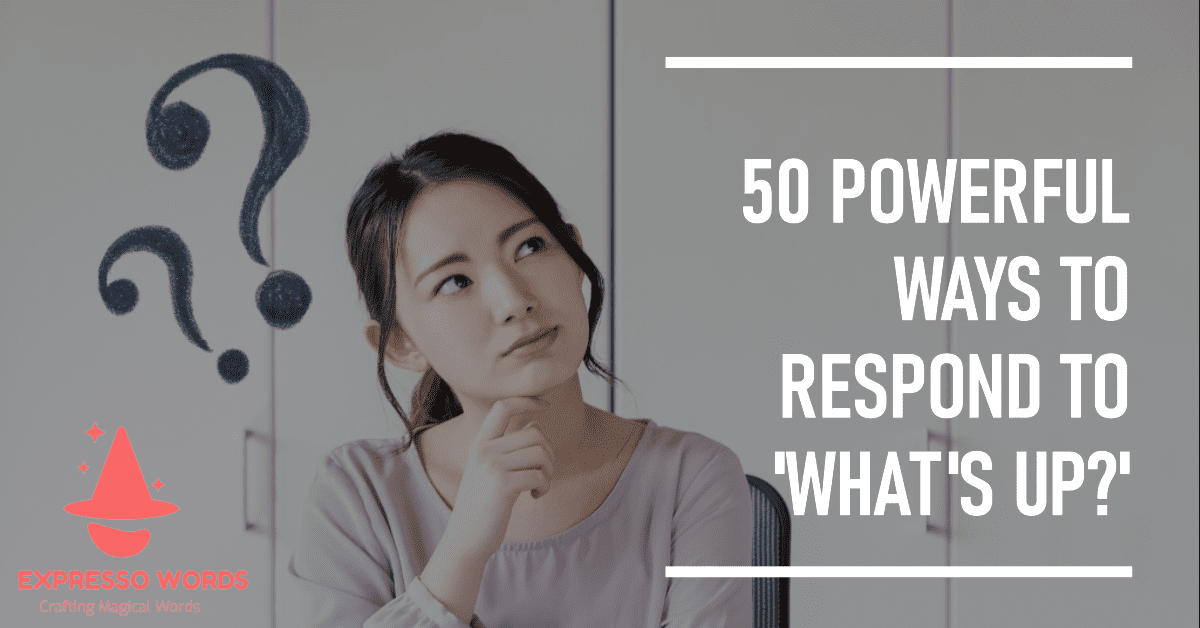
Introduction
It’s one of the most common questions we get asked in casual conversation – “What’s up?” On the surface, this ubiquitous query seems innocuous; just a generic conversation starter, right? But in reality, “What’s up?” presents a rich opportunity – if you know how to respond thoughtfully.
You’ve likely been on both ends of a hollow “What’s up?” exchange. The question comes, and you respond with a disinterested “Not much”, and the potential for meaningful interaction gets shut down on the spot. Unfortunately, we’re conditioned to think little of these boilerplate greetings.
However, that subtle “What’s up?” offers so much untapped potential. With an authentic, unexpected response, you steer the conversation to captivating places. You give insights into who you really are. And you encourage vulnerability, introspection, and bonding.

But doing this takes awareness and preparation. It means viewing “What’s up?” not as an automatic greeting call, but as a chance for connection through sharing and listening. We have to get past our default mental scripts that stifle conversation and be present in each moment.
Check Related Post On What To Write on Bachelorette Party Card
This guide provides you the tools to capitalize on “What’s up?” opportunities. You’ll get tips and examples for crafting responses that surprise, intrigue, and inspire great back-and-forth. Responses that uplift moods, spark imagination and feel exhilaratingly real.
Imagine no more awkward pauses after being asked “What’s up?”. No more missed chances to take a conversation into exciting new directions. Here are 50+ responses that redefine stale small talk as a doorway to relationships rich in understanding.
The next time someone asks “What’s up?”, you’ll welcome it as an invitation for authentic self-expression, not trivial niceties. Our responses can breathe new life into this habitual question. Read on to discover how!
Understanding the Purpose and Context of “What’s Up?”
On the surface, “What’s up?” seems like a throwaway conversational filler. But looking deeper reveals the intent and importance behind this common question.
A Cultural Practice for Greeting
Using “What’s up?” as a casual greeting emerged relatively recently in American culture, probably in the mid-1900s. It became a popular replacement for “How do you do?”, breaking formality.

Now it’s engrained as one of the most common greetings we exchange. Its near universal familiarity as an icebreaker makes “What’s up?” a safe conversational entry point.
A Springboard for Meaningful Conversations
But “What’s up?” presents untapped potential beyond just a robotic call-and-response. It hands us the opportunity to give an unexpected reply that sparks honest back-and-forth sharing.
Rather than playing our tired old scripts, we can leverage the familiarity of “What’s up?” to take the conversation somewhere memorably real.
An Invitation to Share and Listen
At its best, “What’s up?” is an invitation to a two-way exchange – sharing a bit about your current state or thoughts, and listening to the other’s reality in return.
It’s a chance to understand someone – not just fill dead air. To uplift each other – not just occupy space. To forge a bond – not just hear ourselves talk.
The Importance of Context
Of course, sharing meaningfully requires considering the context – your relationship, the setting, their likely mood and intent in asking. Then you can craft the “right” response instead of a one-size-fits-all canned reply.
Your thoughtfulness turns “What’s up?” from empty reflex to key unlocking a door to mutual understanding.
An Opportunity Not to Waste
How we respond to “What’s up?” presents a microcosm of how we approach conversation altogether. Do we take those chances to connect? Or default to keeping it surface level?
This common question hands us an opening for authenticity. Let’s not waste the opportunity.
Why We Struggle to Respond Meaningfully to “What’s Up?”
When someone asks you “What’s up?”, what’s your typical response? If you’re like most, you probably default to something short like “Not much” or “Fine. You?”. Unfortunately, these responses shut down the conversation instead of furthering it.
Why do we have so much trouble giving responses to “What’s up?” that are thoughtful, engaging, and conversation-sparking? Here are some of the key factors:
We Feel Put on the Spot
Being asked “What’s up?” can sometimes make us feel unexpectedly put on the spot to be interesting or clever. This pressure makes it harder to give an authentic in-the-moment response.
It Feels Like Just a Small Talk
Many of us dismiss “What’s up?” as casual small talk not warranting a well-considered reply. We pay little mind to it as a real opportunity for substantive interaction.
We Have Canned Responses Ready
Our canned replies like “Nothing much” have become so habitual and rehearsed that it’s hard to break out of relying on them.
We Don’t Read Context Clues
We often rely on autopilot without considering the context, relationship, or mood of who’s asking “What’s up?”. Customizing goes overlooked.
We Don’t Want to Be Vulnerable
Thoughtful responses require some vulnerability which we avoid unless already in a very close relationship.
It Takes Mental Energy
Crafting an original response forces creativity and mental energy we don’t always have ready to expend.
| Cause | Description |
|---|---|
| Feeling Put on the Spot | The question pressure makes us freeze up |
| Viewed as Small Talk | We don’t think much of it as a chance for substantive interaction |
| Reliance on Canned Responses | Our default replies like “Nothing much” are hard to break from |
| Lack of Reading Context | We don’t think to customize our response based on context |
| Avoiding Vulnerability | We shy away from more open responses with acquaintances |
| Mental Energy Required | Coming up with original replies requires creativity we don’t always have |
The good news is self-awareness of these tendencies can help us overcome the obstacles to responding genuinely.
Cultivating the Mindsets for Thoughtful Responses to “What’s Up?”
Giving thoughtful responses to the question “What’s up?” requires cultivating certain mindsets to reframe how we approach this common interaction. Here are some of the key mental perspectives to embrace:
Being Truly Present and Attentive

Rather than relying on autopilot, bring full focus and presence to the moment someone asks you “What’s up?”. Tune into their tone, body language, and mood before responding.
Meeting the Question with Genuine Curiosity
Imagine each “What’s up?” as a fresh invitation to an interesting dialogue, not just an obligatory greeting. Let real curiosity guide your response.
Viewing It as a Chance for Meaningful Exchange
This simple question opens the door to mutual understanding, bonding, and conversation nourishment. Seize that potential.
Letting Your Guard Down
A thoughtful response often requires showing some vulnerability. But letting down your guard creates space for the interaction to become more human.
Considering the Specific Context
Before responding, read the context – who’s asking, relationship dynamics, setting, atmosphere – to craft the right response.
| Mindset | How It Helps |
|---|---|
| Being Present | Tuning into the moment lets you reply genuinely |
| Genuine Curiosity | Meeting the question with interest leads to good responses |
| Seeing the Potential | Valuing it as a chance for substantive interaction unlocks better replies |
| Letting Guard Down | A dash of vulnerability encourages great back-and-forth |
| Reading the Context | Customizing your reply to the specifics strengthens the exchange |
Adjusting our internal mindsets empowers us to consistently turn “What’s up?” into an entry point for uplifting and affirming human connection.
Crafting Thoughtful Responses to “What’s Up?”
When someone asks you “What’s up?”, how do you move past habitual small talk to give a response that inspires meaningful conversation? It takes intention and creativity to craft replies that seize this opportunity for connection.
What to Include in Your Responses
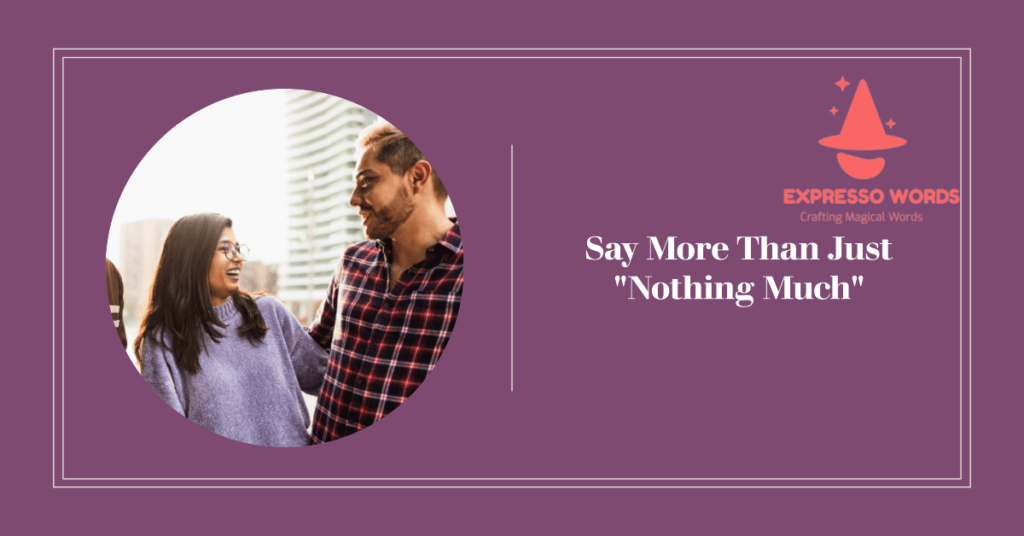
Aim to incorporate some of these elements to take “What’s up?” beyond rote greetings:
Current Emotional State
Share your overall mood and why you feel that way. This vulnerability encourages reciprocation.
Recent Activities
Mention what’s been keeping you busy, productive distractions, or fun breaks from routine.
Challenges or Obstacles
Opening up about difficulties you’re navigating elicits support and shows trust.
Growth and Learning
Discuss insights you’ve gained recently or progress made on self-improvement goals.
Hopes, Dreams and Aspirations
Sharing future aims or fantasies breathes energy into the conversation.
Philosophical Perspectives
Offer a short quote or viewpoint on life you find meaningful at the moment.
Simple Joys
Relay recent small pleasures like a morning coffee, nice weather, or cute pet moment.
Things to Avoid in Responses

Steer clear of these response pitfalls:
- One word answers
- Obligatory responses
- Mundane details
- Oversharing intensely personal problems
- Canned replies used for everyone
- The negativity that brings down the mood
- Burdening them with venting or trauma
Examples of Mixing Response Types
Here are some examples of blending these elements into compelling “What’s up?” responses:
- “I’m feeling grateful for my health today after a friend’s cancer diagnosis. Really makes you appreciate the simple gift of your body working.”
- “Was contemplating how to be more present since I waste too much time distracted. What do you do to live more in the moment?”
- “My new hobby has been learning piano! Never thought I’d be able to pick it up. What hidden or neglected talents do you want to tap into?”
- “Honestly, work’s been really stressful. But focusing my energy on spending more quality time with family.”
Crafting responses like these takes awareness, effort, and looking at “What’s up?” as the conversation starter it’s meant to be. But the reward of deeper connections makes it well worth it!
Here is a section on types of thoughtful responses to “What’s up?”:
types of Thoughtful Responses to “What’s Up?”

When asked “What’s up?”, we have the chance to give a response that inspires meaningful conversation. What are some categories of thoughtful replies we can share?
Philosophical Perspective
Share a short meaningful quote, aphorism, or philosophical reflection on life you’ve been pondering. Stoic philosophers like Marcus Aurelius provide much fodder for contemplation.
Examples
- “Just musing on the phrase ‘This too shall pass.’ Helps me when struggling with something knowing it won’t last forever.”
- “Thinking about embracing the dichotomy of control – focusing energy on what I can control and accepting what I can’t.”
Vulnerable Reflection
Open up about a personal challenge, worry, or adversity you are currently navigating. This elicits empathy and gives them insight into your world.
Examples
- “I’ve been wrestling with some difficult health issues lately. But trying to focus on what I can control and taking it just one day at a time.”
- “Work’s been really stressful juggling multiple projects. The chaos has been getting to me. But I’m prioritizing self-care.”
Expression of Gratitude
Describe something, big or small, that you’re feeling thankful for today. This uplifts the tone of the conversation.
Examples
- “I’m so grateful that I get to work at a job that I love. Not everyone has that blessing.”
- “Just feeling appreciation for close friends who feel like family. Reminds me I’m never alone.”
Hopes and Dreams
Discuss a hope you have for the future or a goal you are currently chasing. Allows you to dream together.
Examples
- “I’m hoping to take a big trip next year once I’ve saved up the funds and vacation days. Any dream destinations you fantasize about?”
- “I’d really love to dedicate more time to painting and take an art class. What creative pursuits are you wanting to explore?”
Whimsy and Imagination
Give a playful, imaginative response that lightens the mood. Can spark fun “what if” conversations.
Examples
- “Wondering what secrets my cat is hiding from me. I wish I could unlock feline telepathy!”
- “Sometimes I imagine what historical figures would think if brought to the modern world. Ever wonder what Socrates would think of smartphones?”
Current Joys
Share simple recent pleasures like quality time with loved ones, enjoyable weather, a great cup of coffee, etc.
Examples
- “Loving this sunny weather we’ve been having. Already envisioning all my gardening plans.”
- “Got to have a nice relaxed morning coffee on the porch for the first time in a while. The simple pleasures.”
| Response Type | Description | Examples |
|---|---|---|
| Philosophical Perspective | Share a short meaningful quote or reflection | “Pondering ‘This too shall pass’ when struggling” |
| Vulnerable Reflection | Open up about a personal challenge | “Wrestling with some difficult health issues lately” |
| Expression of Gratitude | Describe something you’re thankful for | “Grateful that I get to work at a job I love” |
| Hopes and Dreams | Discuss hopes and goals for the future | “Dreaming about taking a big trip next year” |
| Whimsy and Imagination | Give a playful, imaginative response | “Wondering what historical figures would think of smartphones” |
| Current Joys | Share simple recent pleasures | “Loving this sunny weather we’ve been having” |
Mixing a few of these elements keeps “What’s up?” responses interesting and conversation sparking.
Examples of Thoughtful Responses to “What’s Up?”
When asked “What’s up?”, we have the chance to give a thoughtful response that moves the conversation forward. What are some examples of great replies that blend multiple response types?
Here are a few examples of thoughtful “What’s up?” responses:
-“I’m feeling grateful for my health today after a friend’s cancer diagnosis. Really makes you appreciate the simple gift of your body working.”
Combines gratitude and vulnerability
-“Was contemplating how to be more present since I waste too much time distracted. What do you do to live more in the moment?”
A philosophical perspective combined with a question to further the dialogue
-“My new hobby has been learning piano! Never thought I’d be able to pick it up. What hidden or neglected talents do you want to tap into?”
Sharing hopes and dreams plus an imaginative question
-“Honestly, work’s been really stressful. But focusing my energy on spending more quality time with family.”
Vulnerable reflection blended with current joys
The key is blending multiple elements – reflection, imagination, gratitude, hopes, etc. – into a short response.
This takes awareness and effort. But the reward is transforming “What’s up?” from empty small talk into an exchange of mutual understanding.
Transitioning “What’s Up?” to Deeper Conversation

You’ve given a thoughtful response to “What’s up?”. But how do you pivot the conversation into a substantive, enriching dialogue?
Here are some tips for transitioning from your initial response to a deeper connection:
Relate Back to Them
Share how your response relates to the other person’s interests, goals, or work.
“Learning piano has been so rewarding. Don’t you play guitar? What drew you into music?”
Ask About a Specific Aspect
Request their thoughts on part of your response that intrigued them.
“I’m struggling with some health worries lately. Have you dealt with anxiety about this too?”
Use Your Response as a Jump-Off Point
Let a significant insight or reflection in your reply lead into bigger themes to explore.
“My goal is being more present since I waste too much time distracted. Do you think our hyper-connectedness is degrading attention spans?”
Invite Their Perspective
Ask them to share their experiences related to your response.
“Trying to be more grateful for each day. What are you most thankful for?”
With practice, you’ll be able to smoothly guide “What’s up?” from surface-level greetings to substantive dialogue and deeper connection.
| Technique | Example |
|---|---|
| Relate back to them | “I’ve been learning piano. Don’t you play guitar?” |
| Ask about part of your response | “I’ve had some health worries. Do you deal with anxiety too?” |
| Use your response to transition | “I want to be more present. Is constant distraction damaging attention spans?” |
| Invite their perspective | “I’m working on gratitude. What are you most thankful for?” |
Additional Tips for Thoughtful “What’s Up?” Responses
We’ve explored many examples of thoughtful “What’s up?” responses as well as how to transition to deeper dialogue. Here are some additional tips for crafting great replies.
What To Do When You Genuinely Don’t Know “What’s Up”
Sometimes you may genuinely not have much to report when asked “What’s up?”. Instead of blurting a generic response, try these approaches:
- Honestly share that you are feeling uninspired and ask them to drive the conversation.
- Return the question – flip “What’s up?” back on them to carry the interaction.
- Apologize for having little to say and follow up with a different question to refocus.
- Acknowledge you’d rather give a thoughtful reply when you collect your thoughts. Suggest continuing the conversation later.
Being real when you have little to share avoids forcing hollow responses.
Maintaining Appropriate Boundaries
While being open, also maintain appropriate boundaries:
- Consider your comfort level before oversharing intensely private details.
- Stay positive – venting, trauma dumping and negativity derail conversations.
- Keep in mind the relationship context before sharing vulnerabilities.
- Redirect away from topics making either person clearly uncomfortable.
- Focus on uplifting by sharing hopes, gratitudes, and aspirations.
Conclusion

With the right mindset and preparation, “What’s up?” can evolve from throwaway chatter into exchanges that nourish our connections. We deepen bonds when we share, listen, and reciprocate authentically in the moment.
Use the examples and tips here as inspiration for crafting your own thoughtful responses. The more we exercise our creativity, the more natural thoughtful replies will become.
Soon, you’ll welcome “What’s up?” as the promising conversation opener it’s meant to be. Our perspectives control whether it’s bland small talk or shares that feel excitingly, vulnerably real.
Common Questions about Thoughtful Responses
Here are answers to some frequently asked questions:
How can I come up with ideas if I draw a blank?
Jot down inspirations from quotations, reflections, goals, gratitudes, etc. in a journal. Revisit whenever you need ideas.
Is it okay to give quick, short replies if I’m busy?
Yes, but acknowledge you’d love to catch up properly later if possible.
How do I avoid oversharing or making them uncomfortable?
Keep it focused on positive topics and gauge their receptiveness. Redirect if needed.
What if I can’t relate my response back to them?
No worries! You can always return the question or ask for their thoughts on part of your reply.
Should I rehearse responses so they sound natural?
Rehearsing in your head is fine but don’t let them become automated. Stay present.
Summary of Key Tips
- Share your emotional state, activities, challenges, dreams, etc.
- Avoid one-word answers, negativity, inappropriate oversharing
- Relate your response back to them
- Use your reply to transition to deeper dialogue
- Be honest if you have little to report
- Maintain appropriate boundaries and positivity
With practice, you’ll master the art of thoughtful “What’s up?” responses that inspire connection.
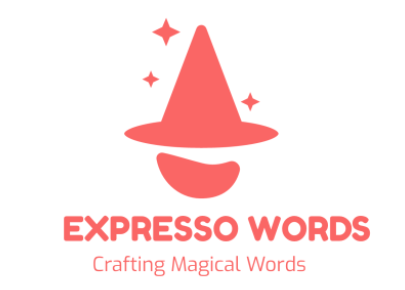


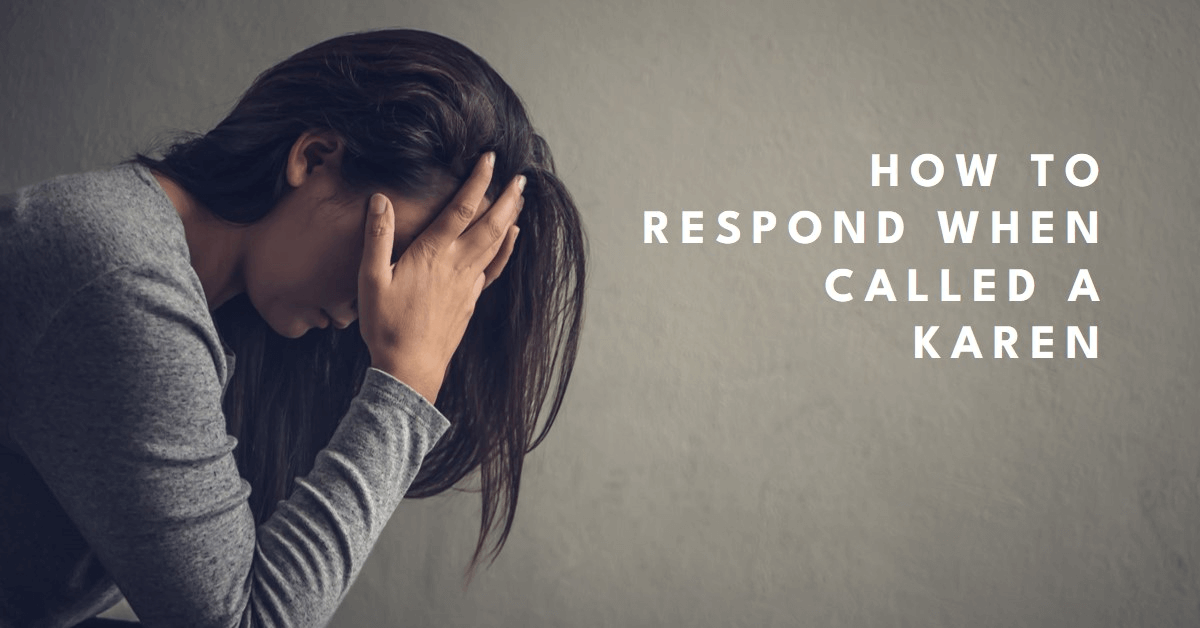

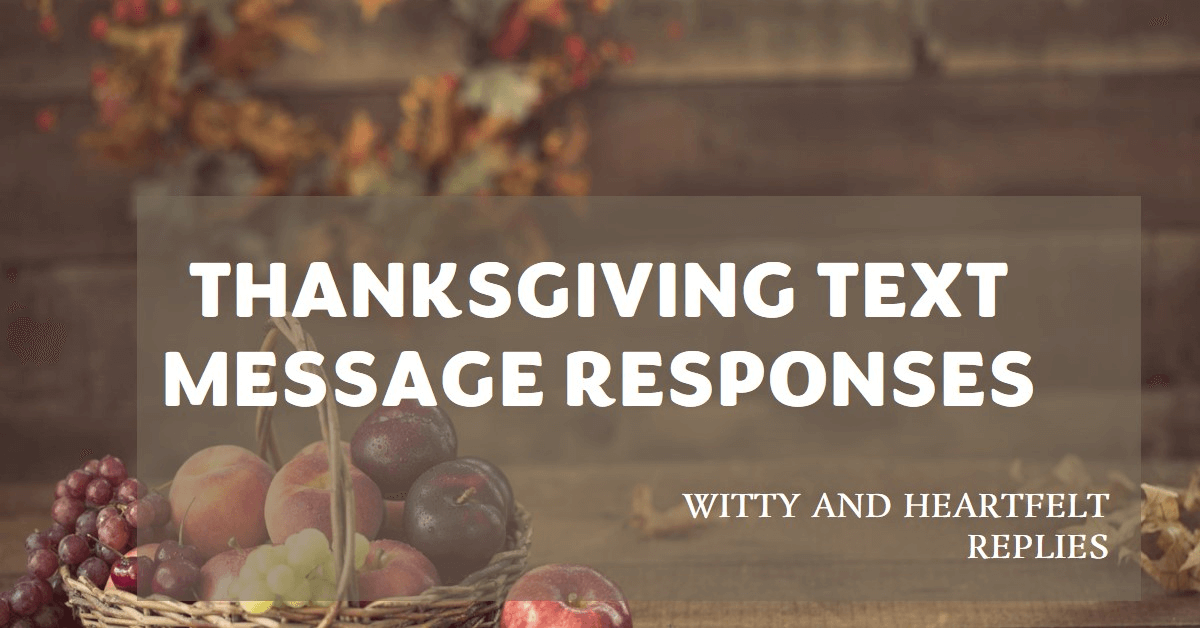
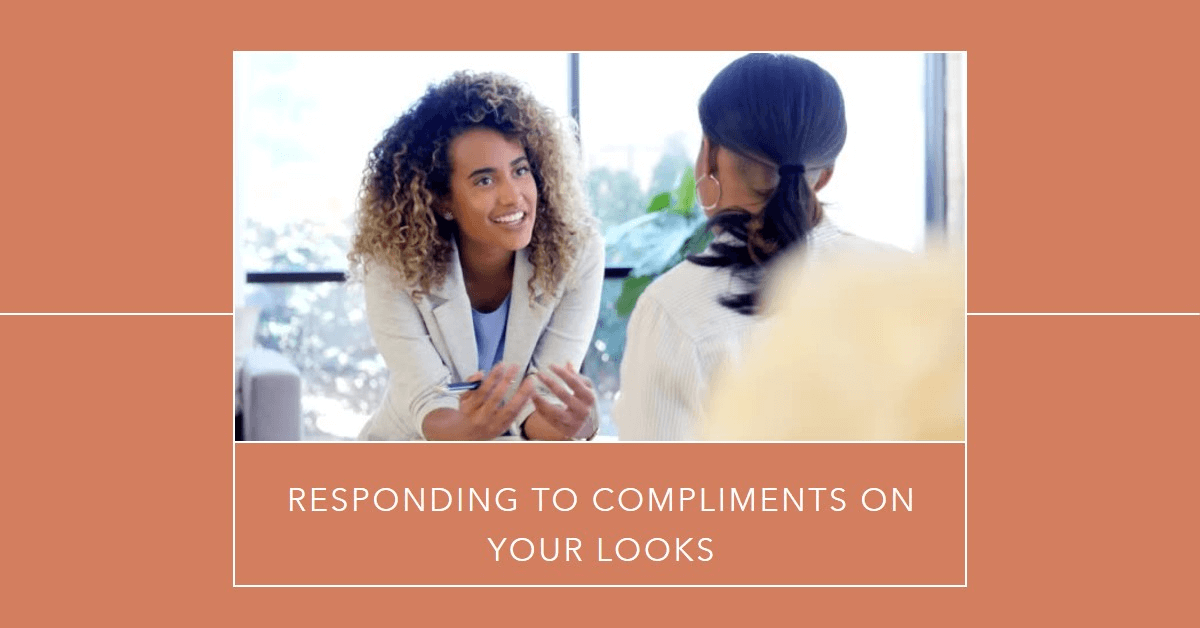
4 thoughts on “50 Powerful Ways to Respond to ‘What’s Up?’”